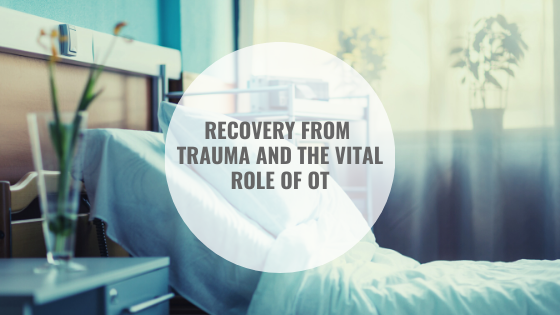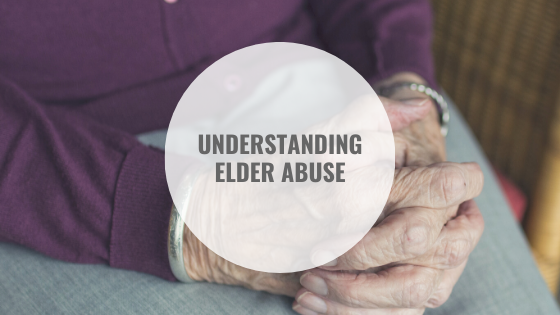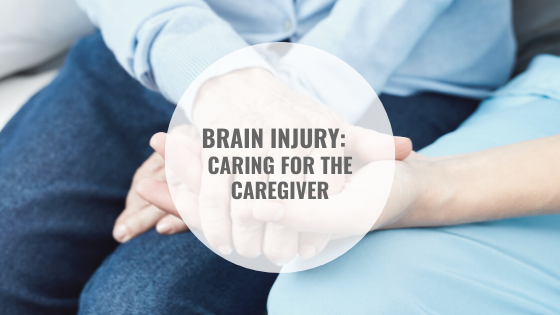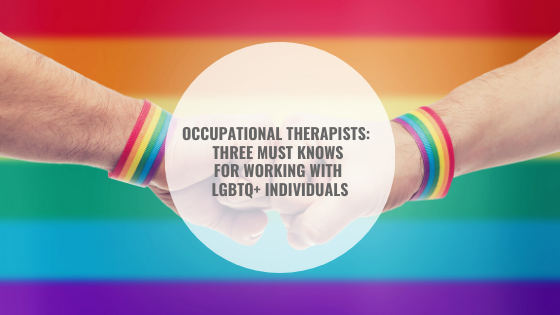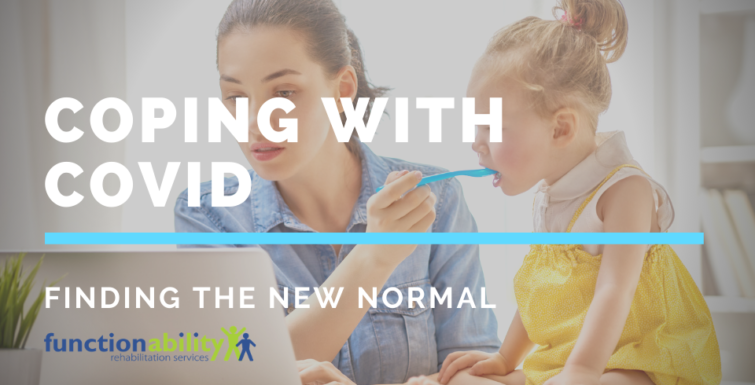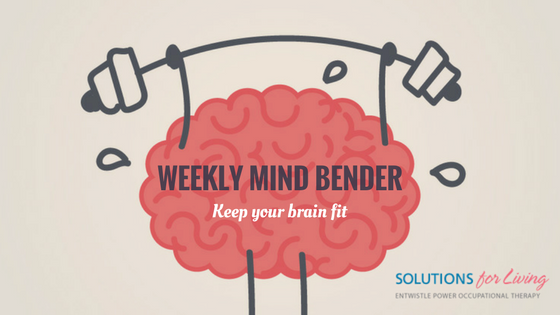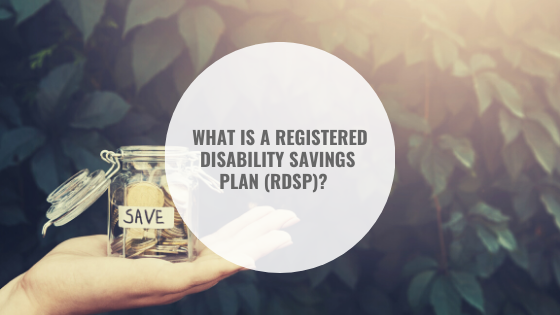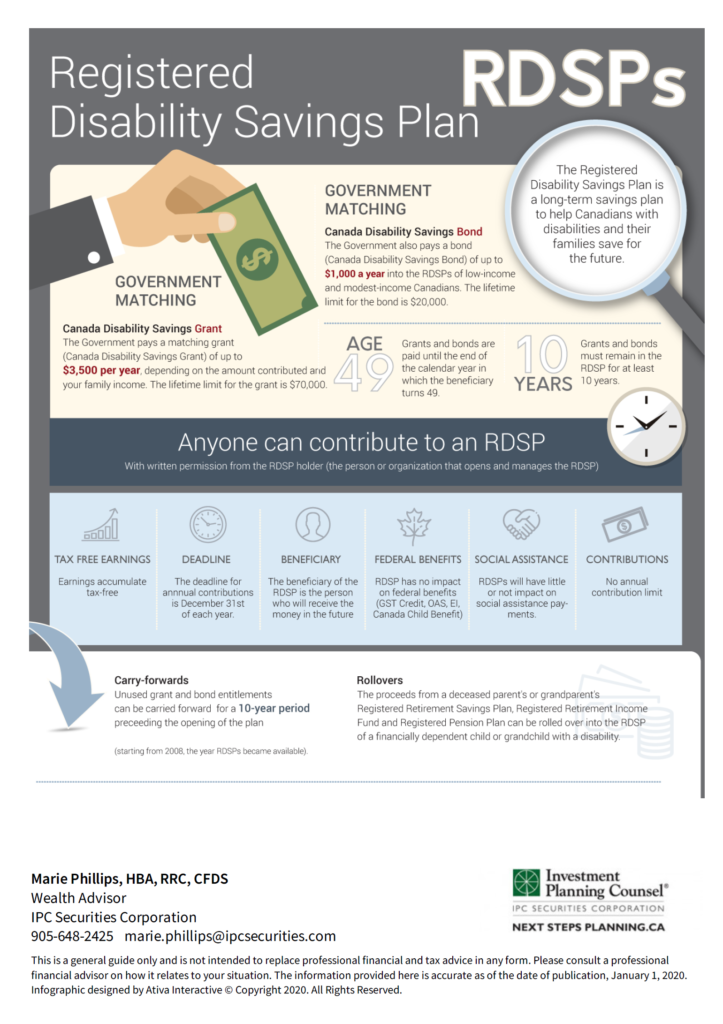Julie Entwistle, MBA, BHSc (OT), BSc (Health / Gerontology)
Co-written by Brittany Aldworth, MSc (OT) Candidate 2019 at McMaster University
Occupational therapists encounter all kinds of people and our reality is that accidents, injuries, and trauma don’t discriminate. They can happen to anyone. But it is true that the recovery from accidents, injury, and trauma is always impacted by the person involved – shapes, sizes, stories, strengths, challenges, resources, support, ethnicity and yes, sexual orientation and gender identity…it can all impact rehabilitation outcomes.
Understanding the way we are all different prepares us to have the skills and knowledge necessary to have the most impact. This includes looking at the LGBTQ+ community and recognizing common factors and themes that impact their experience with the health care system.
Canadian Census data from 2014 reports that approximately 3% of Canadians identify as either homosexual (1.7%) or bisexual (1.3%) (Statistics Canada, 2015), however, it is thought that this percentage is actually much greater, as the Census did not include options for those who do not identify within the ‘homosexual’ or ‘bisexual’ umbrella of the LGBTQ+ community. So, what does this mean? There are at least 1,110,000 Canadians who openly identify as part of the LGBTQ+ community.
LGBTQ+ individuals are more likely than their heterosexual peers to feel that they required healthcare in the past 12 months, yet not received it, are more likely to have seen a psychologist, and are less likely to have a regular family doctor (Statistics Canada, 2015). As healthcare professionals, we should be asking ourselves, ‘why?’ and ‘what should I know so that I can make sure I offer better care to this community?’.
Here are three key ‘must-knows’ when working with this population:
Minority Stress:
It is important to recognize and acknowledge the history and experiences that LGBTQ+ individuals’ have faced and continue to face. The minority stress theory first described by Meyer in 2003 outlines the stress that individuals within minority groups experience as a result of being a member of a marginalized and/or oppressed group (Busa, Janssen, & Lakshman, 2018). In LGBTQ+ individuals, minority stress has been linked to a higher prevalence of mental health issues and psychological distress, due to the chronic stress experienced from prejudicial encounters like violence, discrimination, social exclusion, bullying and rejection that is often faced by this population (Austin & Craig, 2015). By understanding the impact that minority stress can have on a person, OTs are well positioned to analyze how theoretical underpinnings can inform potential barriers to occupational engagement. For example, as an OT working in a mental health setting, minority stress may help to inform a client’s experience with anxiety and depression and may impact the way the OT treats their occupational issues.
Identity:
For individuals within the LGBTQ+ community, the societal stigma that is experienced as a result of their gender identity and/or sexual orientation of not ‘fitting in’ with what society deems ‘normal’ pushes many individuals to avoid disclosure, or engage in occupations that better ‘fit’ their outward appearance in order to hide their true gender identity and/or sexual orientation. This is important to recognize as OTs as many individuals within the LGBTQ+ may not necessarily be needing to relearn or adapt their skills, but rather learn how best to perform occupations that they have not have been initially taught in order to create a better fit with their gender identity and/or sexual orientation (Beagen et al., 2013). The meanings and values that LGBTQ+ individuals place on their chosen occupations are numerous, however, these occupations are often chosen to either hide gender identity and/or sexual orientation or to present more convincing gender displays (Beagen et al., 2013). Therefore, as OTs, we are able to assist individuals within the LGBTQ+ who are seeking to project, portray, construct, or affirm their gender identity through occupation. For example, an OT may assist a person who is transitioning genders with dressing and grooming occupations in order to live more successfully in their identified gender.
Past Experiences with Healthcare Providers:
Although in recent years, society and the healthcare system have changed their views and policies regarding LGBTQ+ issues and individuals, there remains a historical fear and mistrust from this community towards the healthcare system. The healthcare system was one of the main offenders where LGBTQ+ elders experienced a lack of control over their lives due to being labeled as ‘mentally ill’ and/or as an object that ‘needed to be cured’ (Brotman, Ryan, Cormier, 2003). Although forced medical interventions have now been banned in Canada, the scars that have been left by the healthcare system on this community will take many years to fade. As healthcare professionals and OTs alike, we must take into account and acknowledge the past experiences of this population in order to provide truly holistic, client-centered care that acknowledges all aspects of the person and their well-being. By considering the client and their history, an OT is able to provide culturally competent care that reinforces safe spaces, openness, and positive rapport and starts to debunk the discrimination that this population has faced in order to make sure that all clients feel that they are able to approach and confide in healthcare providers.
Moving forward, regardless of whether or not we are health professionals, allies, or members of this community ourselves, it is important to recognize and acknowledge not only the history and the struggles faced by the LBGTQ+ community, but also those of all minority or oppressed groups in order to truly provide the most client-centered care, and continue striving towards an all-inclusive community.
Looking for more learning about the LGBTQ+ population? Check out some of the resources below:
References
Austin, A., & Craig, S. L. (2015). Transgender affirmative cognitive behavioural therapy: Clinical considerations and applications. Professional Psychology: Research and Practice, 46(1), 21-29.
Beagan, B. L., Chiasson, A., Fiske, C. A., Forseth, S. D., Hosein, A. C., Myers, M. R., & Stang, E. (2013). Working with transgender clients: Learning from phyisicians and nurses to improve occupational therapy practice. Canadian Journal of Occupational Therapy, 80(2), 82-91.
Brotman, S., Ryan, B., & Cormier, R. (2003). The health and social service needs of gay and lesbian elders and their families in canada. The Gerontologist, 43(2), 192-202.
Busa, S., Janssen, A., & Lakshman, M. (2018). A review of evidence-based treatments for transgender youth diagnosed with social anxiety disorder. Transgender Health, 3(1), 27-33.
Meyer, I.H. (2003). Prejudice, social stress and mental health in lesbian, gay and bisexual populations: Conceptual issues and research evidence. Psychological Bulletin, 129(5), 674–697.
Statistics Canada. (2015). Same-sex couples and sexual orientation… by the numbers. Retrieved from https://www.statcan.gc.ca/eng/dai/smr08/2015/smr08_203_2015


